Looking Back: A Brief History of CONTE
The accident that occurred at Three Mile Island on March 28, 1979, brought about many changes to the nuclear industry. Among the changes was the industry stopping to reflect on current procedures and the training of its employees. Exhorted by the findings of the Kemeny Commission and sponsored by the Department of Energy, industry leaders and training personnel began meeting on improvements to training at the Gatlinburg Conference in the early 1980's.



 ANS member Dr. Christopher Morrison was a recent guest on
ANS member Dr. Christopher Morrison was a recent guest on 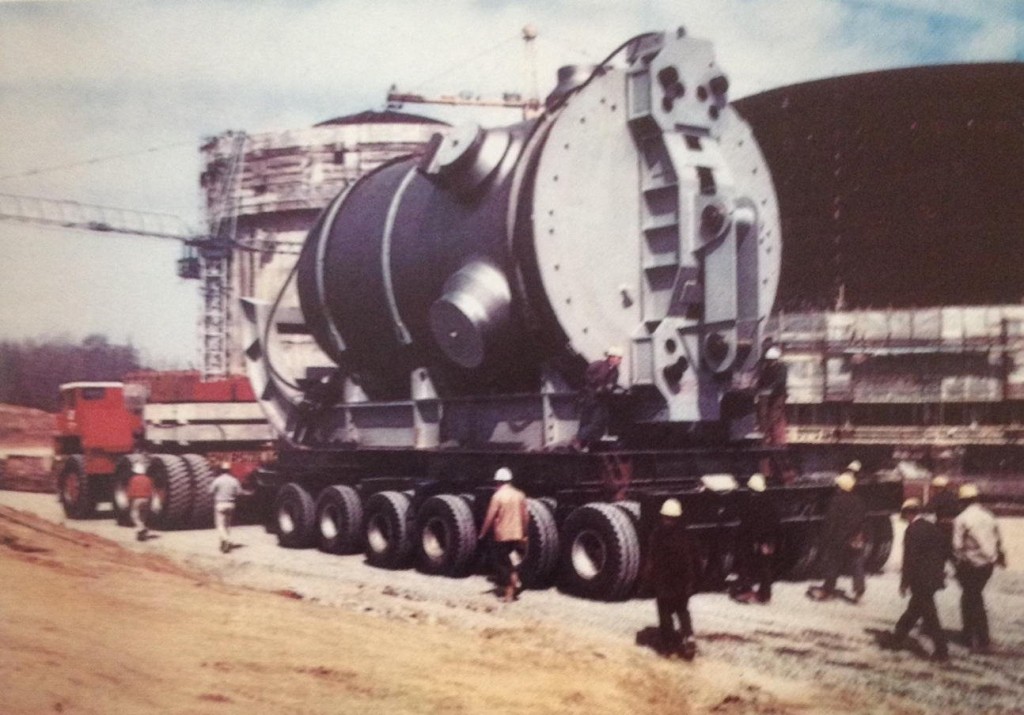
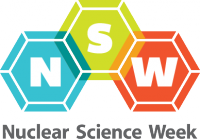
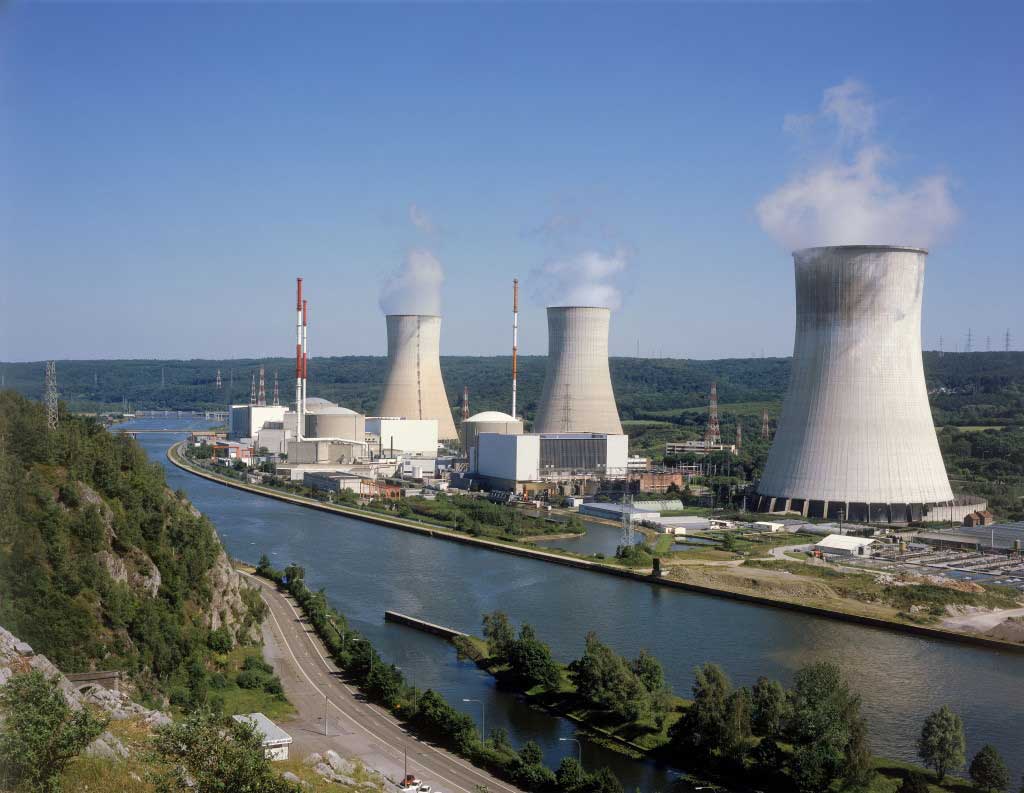
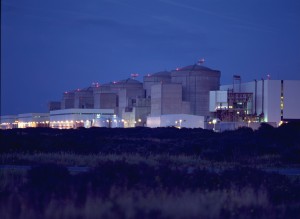
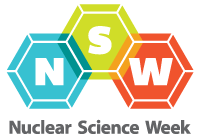 The fifth and final day of
The fifth and final day of 
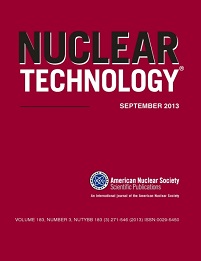
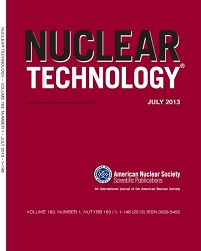
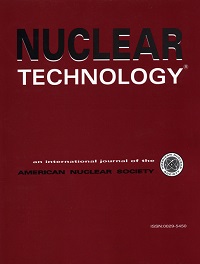
 The US Department of Energy has a $452 million program to share development and licensing costs for selected small modular reactor (SMR) designs. The DOE's goal is to have an operating SMR
The US Department of Energy has a $452 million program to share development and licensing costs for selected small modular reactor (SMR) designs. The DOE's goal is to have an operating SMR